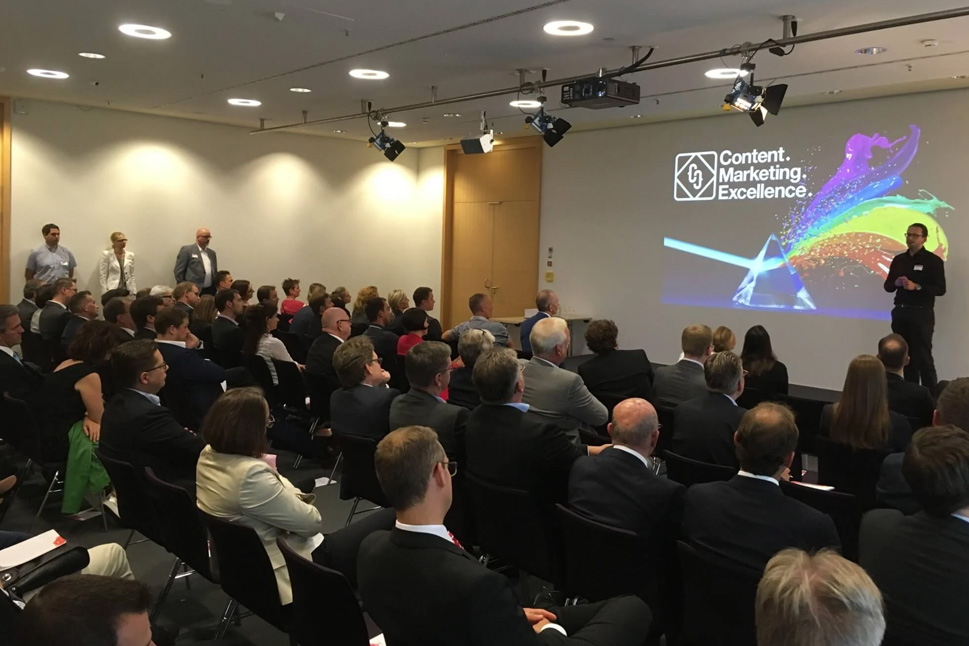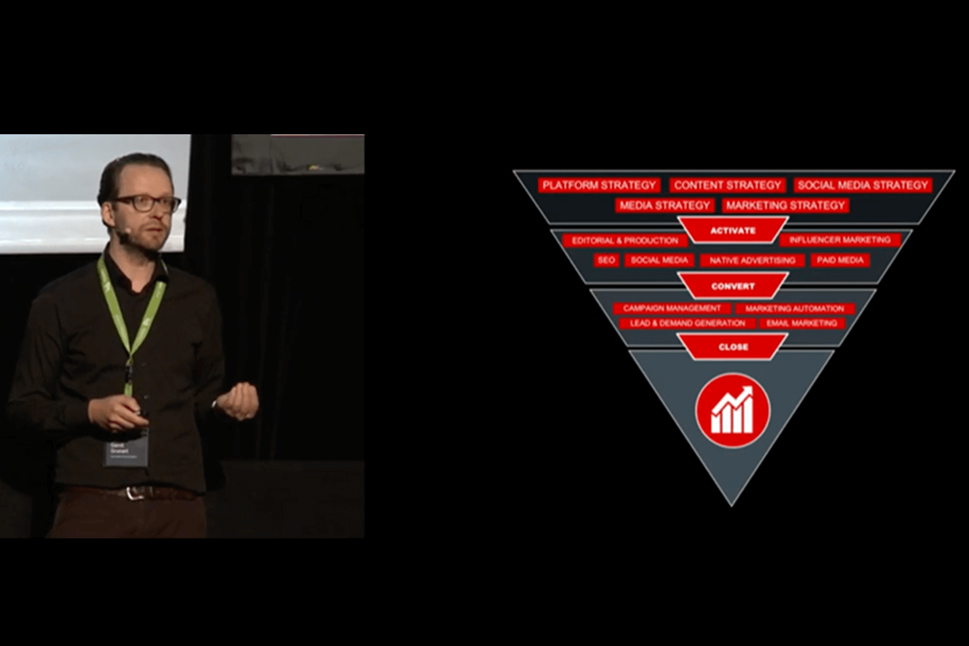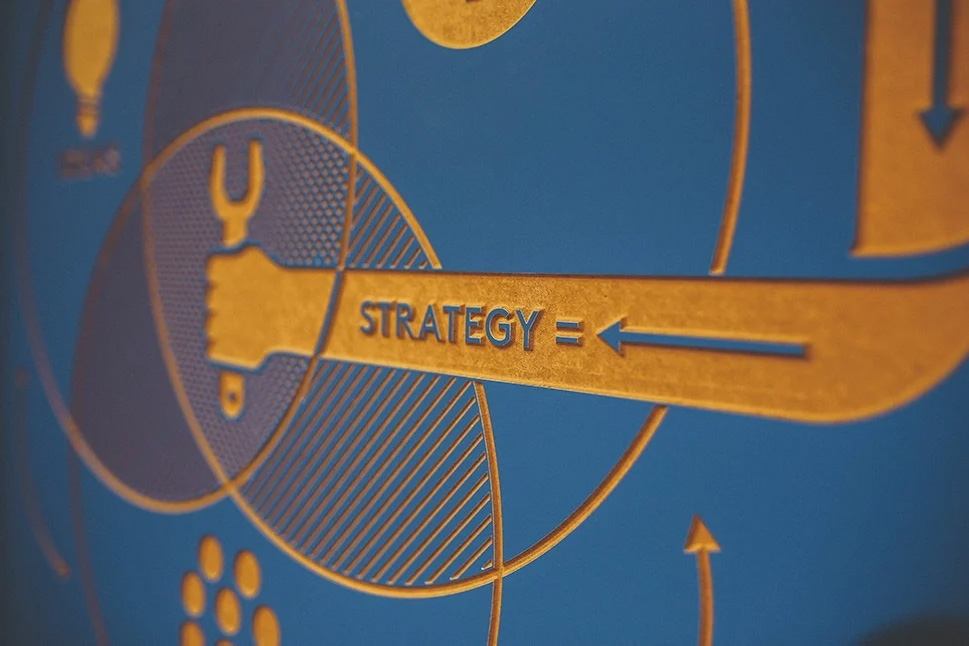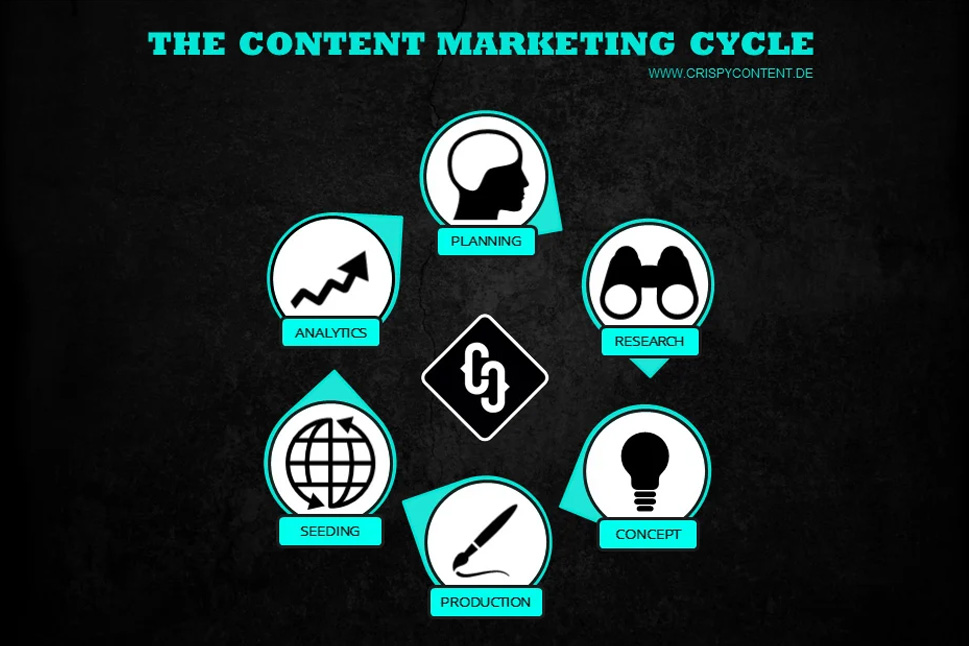Efficient Transformation in Marketing: Escaping the Resource Trap
Last updated on July 3, 2025 at 13:00 PM.Marketing is under increasing pressure. While expectations around output and quality continue to rise, the size of marketing teams in many organizations remains unchanged. Additionally, expectations for modern communication—both internal and external—are growing. Whether in mid-sized companies or global corporations, marketing departments are tasked with delivering convincing results on limited resources and budgets. The consequence: change is no longer optional. Traditional ways of working are reaching their limits. This is not a temporary phenomenon. Rather, it’s a structural issue that is evident in most B2B marketing departments. The growing pressure to work more efficiently and establish innovative communication strategies calls for new solutions. The question is no longer whether transformation is necessary, but how it can be executed pragmatically and successfully.

Growing Challenges in Marketing: When Processes Reach Their Limits
When static structures reach their breaking point, the flaws in traditional work models become apparent. Projects are often managed within rigid silos, hindering internal collaboration. The result: output and quality stagnate—or decline—while expectations continue to rise. Many processes also lack scalability and struggle to adapt to changing market conditions.
In international teams, these challenges are further compounded by differing time zones, languages, and markets. Coordination becomes more complex, decision-making processes take longer, and the risk of quality loss increases. The core task of establishing consistent brand communication often falls by the wayside.
From One-Off Measures to Continuous Development: Agile Methods as a Way Forward
Traditional approaches that rely on large-scale, one-time “big bang” projects are rarely effective. Today’s marketing transformation demands iterative, flexible approaches. Instead of rigid project plans, companies are increasingly turning to agile methods and continuous development. This enables change to be implemented step by step, mistakes to be identified early, and direction to be adjusted as needed.
This approach is particularly advantageous in B2B contexts. The complexity of international markets demands a high level of adaptability. Iterative development makes it easier to respond to trends and new requirements without jeopardizing the overall strategy. At the same time, the organization remains capable of action and can continue to learn.
Gaining Stakeholder Buy-In: How to Build Acceptance in Corporate Environments
A key element of any transformation is securing stakeholder buy-in. The recurring challenge is to explain changes internally, alleviate concerns, and gain support. In large companies and corporations, the number of stakeholders is high and decision-making pathways are often long.
Effective communication and transparency are critical. Changes should be explained clearly and in logical steps. “Quick wins”—early, visible successes—help to win over skeptics and maintain team motivation. Regular updates and open discussions foster trust in the process and reduce resistance.
Planning and Execution: Reaching the Goal with a Structured Roadmap
A structured plan is the foundation of any successful transformation. Starting without a clear roadmap risks delays and unnecessary costs. A roadmap with specific goals and prioritized actions provides orientation. This ensures that resources are used effectively and progress is always measurable.
In marketing, it's often more effective not to overhaul every process at once, but rather to identify high-impact areas with the greatest potential for improvement. Optimizing existing workflows or introducing new tools can produce quick results and demonstrate that change is feasible.
Industry Insights: From Editorial Department to Content Factory
A real-life example from the industrial sector illustrates how marketing transformation can succeed: An international corporation set out to transform its traditional corporate editorial team into a modern content factory. The goal was to work more efficiently, better utilize digital channels, and improve content quality.
The approach began with an analysis of existing processes and the identification of weak points. Agile methods were then gradually introduced, supported by new collaboration tools. The editorial team was restructured into cross-functional teams working on topics together and learning from one another. Within just a few months, output and quality had increased—without adding additional resources. Internal stakeholders and skeptics were won over through regular updates and transparent communication.
Success Factors in Marketing: Structure and Transparency as the Foundation
Experience shows that structure and transparency are essential to success. Clearly defined responsibilities, transparent processes, and an open approach to challenges lay the foundation for sustainable transformation. At the same time, companies must be willing to question existing routines and explore new methods.
Innovative approaches such as building content factories, adopting agile methods, or using data-driven tools offer tangible benefits. They enable organizations to respond flexibly to market changes and continuously improve communication quality.
First Steps for Companies: Getting Started with Transformation
The journey toward transformation begins with an honest assessment. Where does your team currently stand? Which processes work, and which don’t? This analysis provides a basis for defining the first concrete steps. Small, manageable projects with clearly defined goals help teams gain experience and generate visible successes.
Engaging all stakeholders from the outset is critical. Only when everyone understands the goals and the path to reach them can transformation be truly sustainable. Regular communication, transparent planning, and a willingness to learn from mistakes are key.
Why External Expertise Adds Value in Marketing
The complexity of today’s marketing landscape presents challenges that many organizations can’t tackle alone. External partners bring a fresh perspective, methodological expertise, and industry knowledge. They help identify blind spots and adapt best practices from other companies.
In international environments, companies especially benefit from partners who combine creativity with analytical skill. These partners help identify trends early, explain methods clearly, and guide structured transformation. In this way, change becomes a continuous improvement process that delivers lasting impact.
Conclusion: Start with Structure, Evolve Continuously
Marketing transformation requires vision, structure, and the courage to rethink established ways. Companies that regularly review their processes, test new methods, and involve all stakeholders early lay the groundwork for efficient and future-ready communication. A structured approach—like the one described in detail in our e-book—provides the tools needed for a successful transformation journey.
Creative, smart and talkative. Analytical, tech-savvy and hands-on. These are the ingredients for a content marketer at Crispy Content® - whether he or she is a content strategist, content creator, SEO expert, performance marketer or topic expert. Our content marketers are "T-Shaped Marketers". They have a broad range of knowledge paired with in-depth knowledge and skills in a single area.

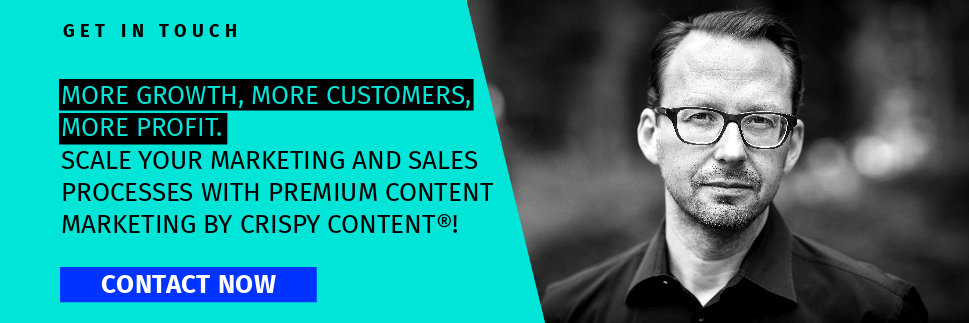







.png)











.jpg)

-1.jpg)

-1.jpg)
.jpg)



.jpg)













.jpg)







.jpg)



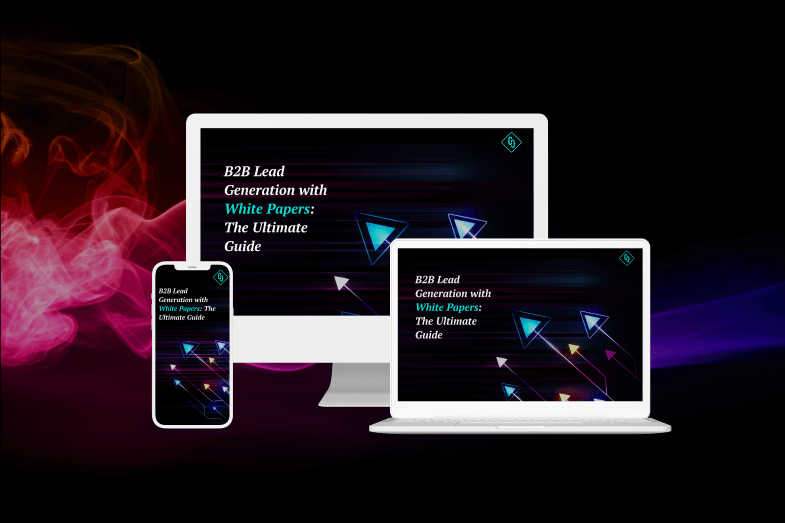





























.jpg)
















